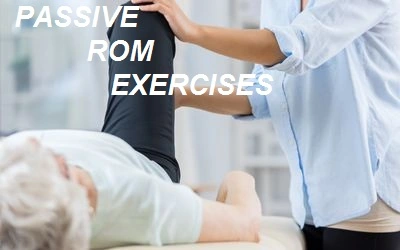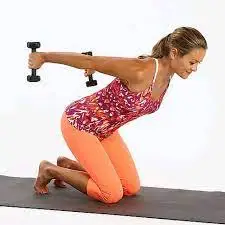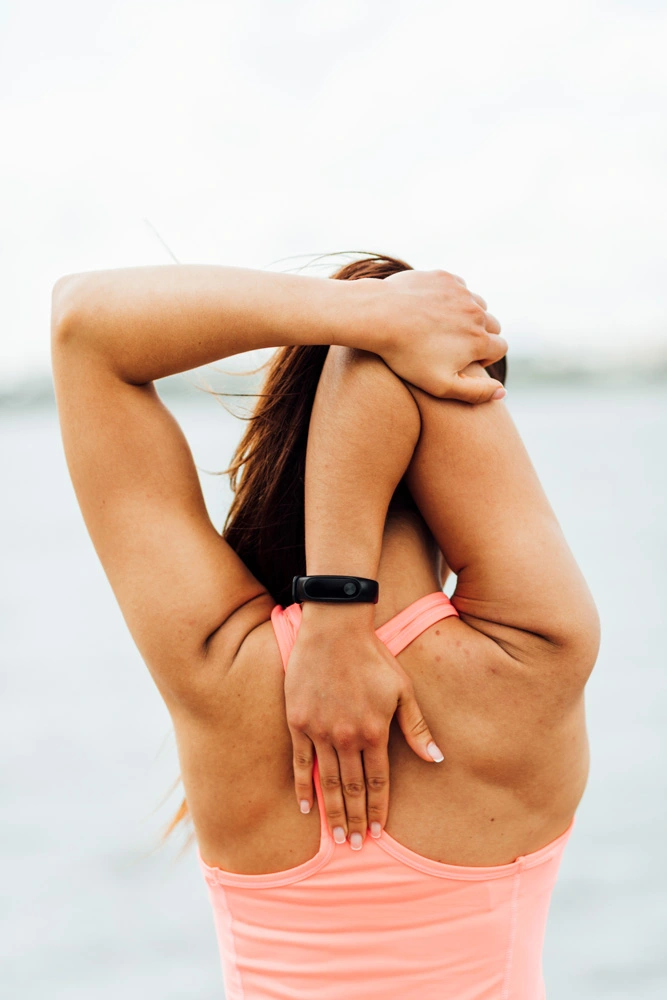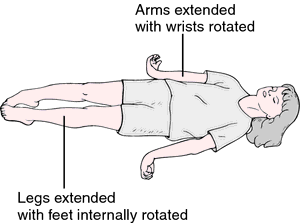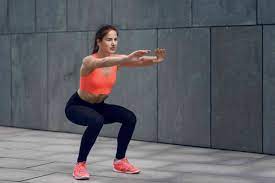Passive Range Of Motion Exercises
Table of Contents
What is a Passive Range Of Motion Exercise?
Passive Range of Motion (PROM) exercises are a vital component of rehabilitation and physical therapy programs. These exercises involve the gentle movement of a joint through its full range of motion by an external force or therapist, without the active participation of the individual. PROM exercises are typically prescribed when a patient is unable to move a joint on their own due to injury, surgery, pain, or other medical conditions.
The primary goal of PROM exercises is to maintain or improve joint flexibility, prevent the development of contractures (shortening of muscles and tendons), and promote circulation in the affected area. These exercises are particularly beneficial for individuals recovering from orthopedic surgeries, such as joint replacements, or those with conditions like stroke, paralysis, or arthritis.
What is Range Of Motion (ROM)?
Range of motion (ROM) is the term used to describe the whole range of motion that a joint is capable of or the amount that a body part can move around a joint or a fixed point. When performing two different actions, a joint’s range of motion is assessed. Active ROM (on its own), AROM, or Passive ROM, PROM.
ROM is frequently assessed as part of a physical therapy assessment or course of action. Depending on the physical component and the person, different degrees are considered normal. The goal of exercises is to increase the range of motion while preventing the development of contractures, adaptive muscle shortening, and shortening of the capsule, ligaments, and tendons. The senses are also stimulated by ROM exercises.
Type of Range Of Motion(ROM)
Passive ROM: ROM that may be attained when an external force (such as a therapist or a CPM machine) exclusively moves a joint is referred to as the passive range of motion (PROM), and it is the largest range of motion that a joint can generally go through. usually carried out when a patient cannot or is not permitted to move a body component.
Active-assisted ROM: Active-assisted range of motion (AAROM) is the term used when the joint receives some external assistance. Used mostly when a patient needs aid from an outside force to move them because their muscles are weak, worn out, or toned differently.
Active range of motion: Active range of motion (AROM) is the range of motion that is attainable when opposing muscles contract and relax, creating joint movement. For instance, in order to enable the elbow to bend, the biceps must tighten and the triceps must relax. In contrast to the passive range of motion, the active range of motion is often constrained. when the patient is able to consciously contract, regulate, and coordinate a movement; this is frequently done on their own.
What is Passive ROM exercise?
The terms “passive range of motion” and “active range of motion” are widely used in the contexts of fitness and rehabilitation. Despite having the same goal of expanding a joint’s range of motion, each method is different.
When a physical therapist or other person physically moves or stretches a part of your body, such as your leg or hand, it is known as a passive range of motion. In this case, a family member or physical therapist is ready to assist with joint exercises if you find it challenging or are unable to apply any effort.
In other words, if you are unable to actively perform range-of-motion exercises, someone else can assist you.
This is something that is increasingly seen in the realm of rehabilitation. A machine or a physical therapist will expand a person’s range of motion (especially when it comes to the joints and ligaments).
Measuring the range of motion(ROM)
Goniometer: Physiotherapy practice is fundamentally based on monitoring patients’ progress and maintaining tabs on their health. A critical component of physiotherapy evaluation is ROM measures. Depending on the part of the body, the physiotherapist’s experience, and the benefit of practice, a different instrument may be utilized.
A goniometer is a tool frequently used to measure a body joint’s range of motion. Using a stationary arm, fulcrum, and moving arm, it calculates joint angles starting from the joint axis. Training is required to obtain precise results while measuring ROM using a goniometer. See the goniometry collection of pages for details on how to place the goniometer accurately and reliably to determine the range of motion.
Utilizing tape measures to gauge the flexibility of various body parts is one of the additional ways to quantify ROM. For instance, the Schober Test enables the use of a tape measure to quantify lumbar spine flexion.
When should we use Passive Range Of Motion Exercises?
If you’re dealing with the repercussions of an injury to your neck, shoulders, knees, hips, or any other part of your body, you already know how easily your range of motion may be damaged.
This is because a joint’s range of motion, or the distance and direction it may move after experiencing injury to the area, may be limited. A joint’s range of motion, or the distance and direction it may move, usually becomes limited after experiencing injury to the area.
The degree of mobility in a joint or other body part can be measured by a doctor, physical therapist, sports trainer, or other qualified health professional to determine whether there is a restricted range of motion and to get a better understanding of the impact on a particular joint. This is frequently done during a physical examination after an injury or as part of a rehabilitation program.
If your range of motion is limited, spend some time performing a series of passive or active range-of-motion exercises. A physical therapist will utilize this type of exercise as part of your overall treatment plan to rehabilitate the injured region.
During a training session, a personal trainer may utilize passive range-of-motion exercises to help you improve your mobility and athletic performance. You must perform passive range-of-motion exercises as a part of a passive stretching routine. This is regularly carried out in team sports, fitness programs, and group rehabilitation sessions.
Examples of Passive Range Of Motion Exercises include:
- Doorway chest stretch for the shoulders: When you perform this exercise passively, your shoulders will move your arms for you. The doorway chest stretches for the shoulders. Place your elbow at a 90-degree angle on the edge of a doorway or hallway entrance. To expand and broaden your chest, lean forward from the torso.
- Exercises for the hands and fingers: Exercises for the fingers and hands With both of your hands, take hold of the person’s hand. He or she should extend their hand to you.
- Finger bends: Make a fist with your fingers by bending them. The fingers should be moved. Straighten and bend each finger one at a time. Curl and straighten your thumb.
- Spreading your fingers: Spread your fingers out, then split your thumb from your first finger. Spread the middle and first fingers apart, then bring them back together. Use additional fingers and repeat the process.
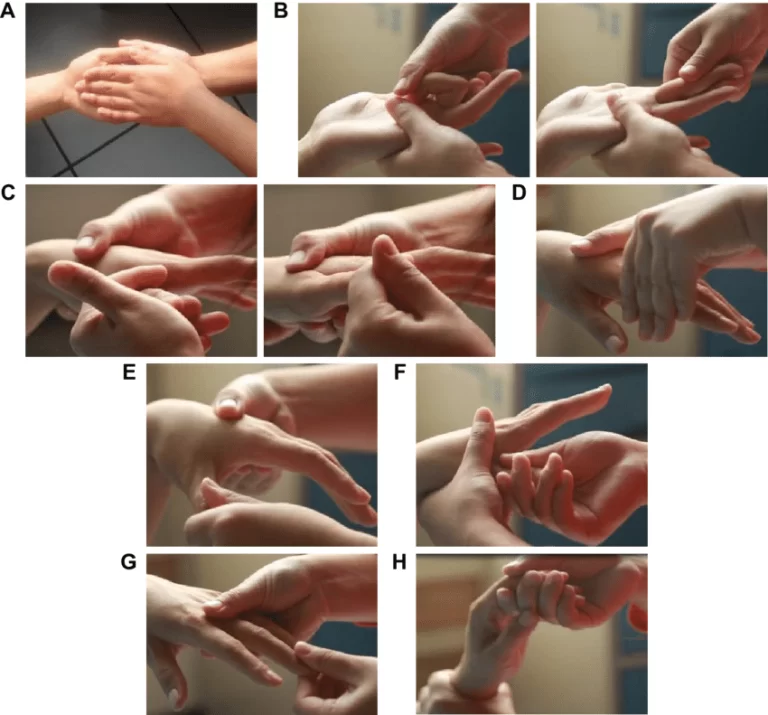
- Exercises for the hips and knees: Start with your legs straight to perform exercises for the hips and knees. the person’s knee with your hand. Hold the ankle, on the other hand. Bend the person’s hip while bending their knee slowly towards their chest. Slowly extend the leg.
- Leg sway, from side to side: Leg swaying in a lateral motion Move one leg to the side and extend it away from the other. By bringing the leg back to the center, you may cross it over the opposite leg.
- Stretching of the piriformis: The piriformis is stretched: A posture known as the pigeon stance is created by the piriformis muscle, a pelvic muscle that is stretched during this exercise.
- For passive stretching: On the treatment table or the ground, lie down to perform passive stretching. Move your leg through its passive range of motion with the assistance of your therapist to provide resistance other than your own weight.
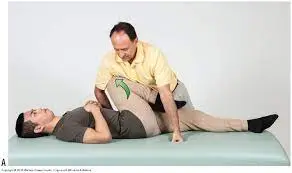
- Exercises for the feet and ankles: Place a towel that has been wrapped up below the person’s leg to perform foot and ankle exercises. During the ankle exercises, hold the person’s toes with one hand and their ankle with the other. Holding only their toes for the toe exercises, let the person’s footrest on the bed.
- Ankle bends: The foot is flexed at the ankle, pointing its toes upward. Next, rotate the foot so that the toes point in the other way. By raising your foot off the mattress, rotate your ankle. Rolling of the foot is evident. Then, point the foot in a different direction.
- Ankle movement from side to side: Tilt the ankle inward such that the foot sole faces the opposite leg. Tilt the person’s ankle outward such that the foot sole faces away from the opposite leg.
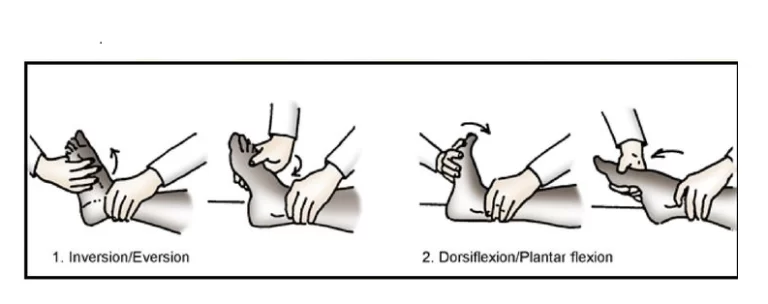
Benefits of passive ROM exercises:
- Better circulation
- Increased flexibility of the joints
- Preventing muscle wasting
- More flexible range of motion
- Pain reduction
So, for those who have restricted mobility or are recuperating from an accident or surgery, passive range of motion exercises can be a secure and efficient technique to enhance joint mobility and avoid muscle atrophy.
Disadvantages of passive ROM exercises
- Limited muscle development
- Minimal cardiovascular advantages
- Injury risk
- Minimal functional advantages
- Time-consuming
Who is at risk for performing passive ROM exercise?
- Individuals who have hypermobile joints
- Individuals who have osteoporosis
- Those who have inflammatory joints
- Individuals who have recently had joint surgery
- Acutely injured individuals
Summary
Passive range-of-motion exercises help keep your joints flexible after an injury and reduce the likelihood that you’ll experience a permanent reduction in your overall range of motion. This not only speeds up the healing process but also guarantees that you have enough energy to do your daily tasks and continue enjoying your hobbies.
FAQs
During passive range-of-motion exercises, the patient does not move; instead, the therapist moves the limb or body part around the tight joint, gradually stretching the muscles and teaching them how to move correctly.
The passive range of motion is the maximum position you can reach for any particular joint without utilizing muscles. To investigate this range of motion, we construct passive stretches with the aid of gravity, a support, or a different person. Some yoga postures may only be performed with the help of a therapist or yoga instructor.
The most flexible passive stretches are:
Running
Butterfly Sitting
Forward Fold Sitting
Sitting Straddling
According to the passive range of motion (ROM) concept, forced passive motions are quick, localized movements in which the joints are passively moved outside of their natural range.
These methods are also referred to as manipulation. The training of auxiliary or physiological movements is possible with both workouts.
Joint flexibility is maintained through exercises that maintain a passive range of motion. The range of motion refers to how far a person’s joints may move in different directions. The exercises let the person expand all of their joints to their fullest extent.
Reference
Passive Range Of Motion Exercises (PROM) – Mobile Physio. Mobile Physiotherapy Clinic. https://mobilephysiotherapyclinic.in/passive-range-of-motion-exercises-prom/
Passive Range of Motion Explained and Exercises to Try. (n.d.). Passive Range of Motion Explained and Exercises to Try. https://www.healthline.com/health/passive-range-of-motion

